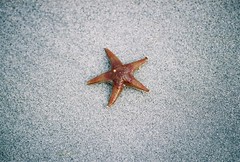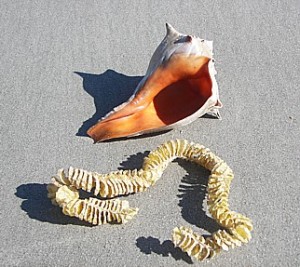Jellies don’t technically float; they’re neutrally buoyant (or close to it). Floating would be bad. It would mean being stuck on the surface, like a boat. Jellies are mostly water-up to 96%. What’s left is mostly the “jelly” in a jellyfish, the mesoglea. Jellies sink exceedingly slowly, and make up for it with just a little bit of swimming. A few pulses of the bell can keep them in place, but that’s about it. Jellies can swim all day and not really “go” anywhere. These gelatinous gems are the world’s largest plankton-completely at the mercy of the ocean currents.
But we’ve only scratched the surface here. Check back often at http://www.beachchairscientist.com for more insight about your favorite beach discoveries.
Jim Wharton
Vice President, Education Division, Director, Center for School and Public Programs, Mote Marine Laboratory
 dollar and a few others that all have these things in common: fivefold
dollar and a few others that all have these things in common: fivefold 










What people are saying …